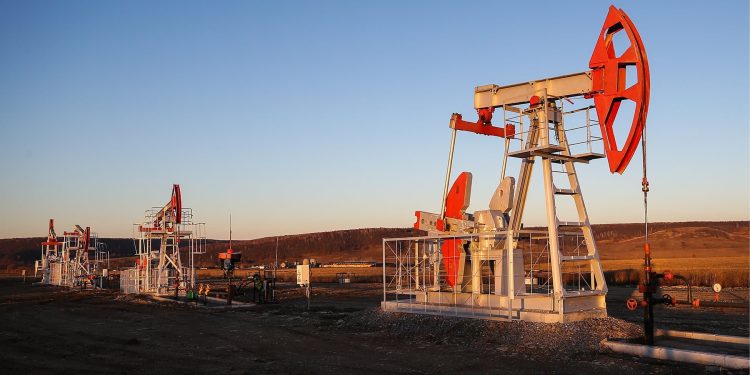By 2023 about 53% of Russia’s Oil Reserves Were Potentially Preferential
By the beginning of 2023, about 53% of Russia‘s oil reserves were classified as potentially preferential, of which 58% are hard-to-recover reserves. This is reported in the state report “On the state and use of mineral resources of the Russian Federation in 2022“, published by the Ministry of Natural Resources and Ecology of the Russian Federation.
“As of 01.01.2023, according to Rosnedra, about 53% (16.5 billion tons) of recoverable oil reserves in Russia are potentially eligible. Of these, 58% (9.6 billion tons) of reserves are difficult to recover, they are distinguished by unfavorable geological conditions of oil occurrence and (or) physical properties, the development of which by existing technologies under standard tax conditions is economically inefficient. These types include: oil from Bazhenov, Abalak, Khadum or domanic deposits; ultra-viscous oil; oil from the low-permeability Achimov deposits,“ the document says.
For the remaining 42% (6.9 billion tons) of reserves, the main indication of attribution to hard-to-recover reserves is the remoteness from the main infrastructure facilities and harsh climatic conditions.
Over the past nine years, hard-to-recover reserves in Russia has increased by 30% (by 3.8 billion tons), with an average annual increase of 3% (0.4 billion tons). During the same period, an increase in oil production from hard-to-recover reserves was recorded by 144% (by 98 million tons), an annual increase of 16% (11 million tons) on average. Thus, the importance of hard-to-recover reserves increases with the gradual depletion of readily available hydrocarbons, the report emphasizes.











